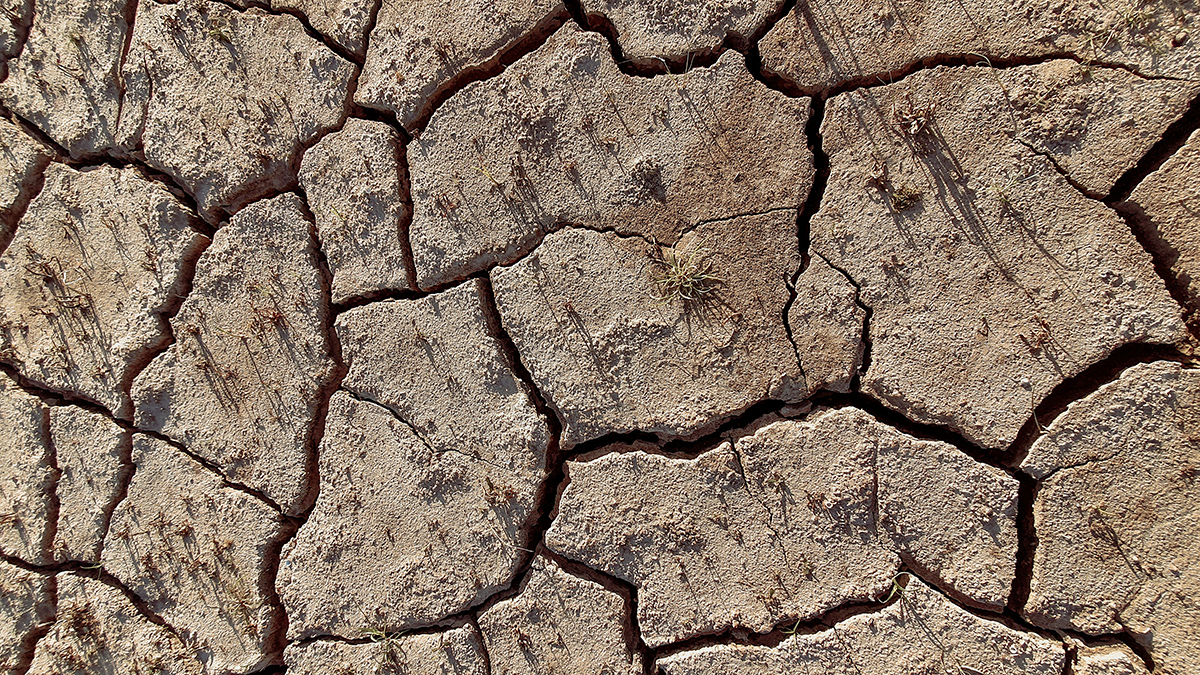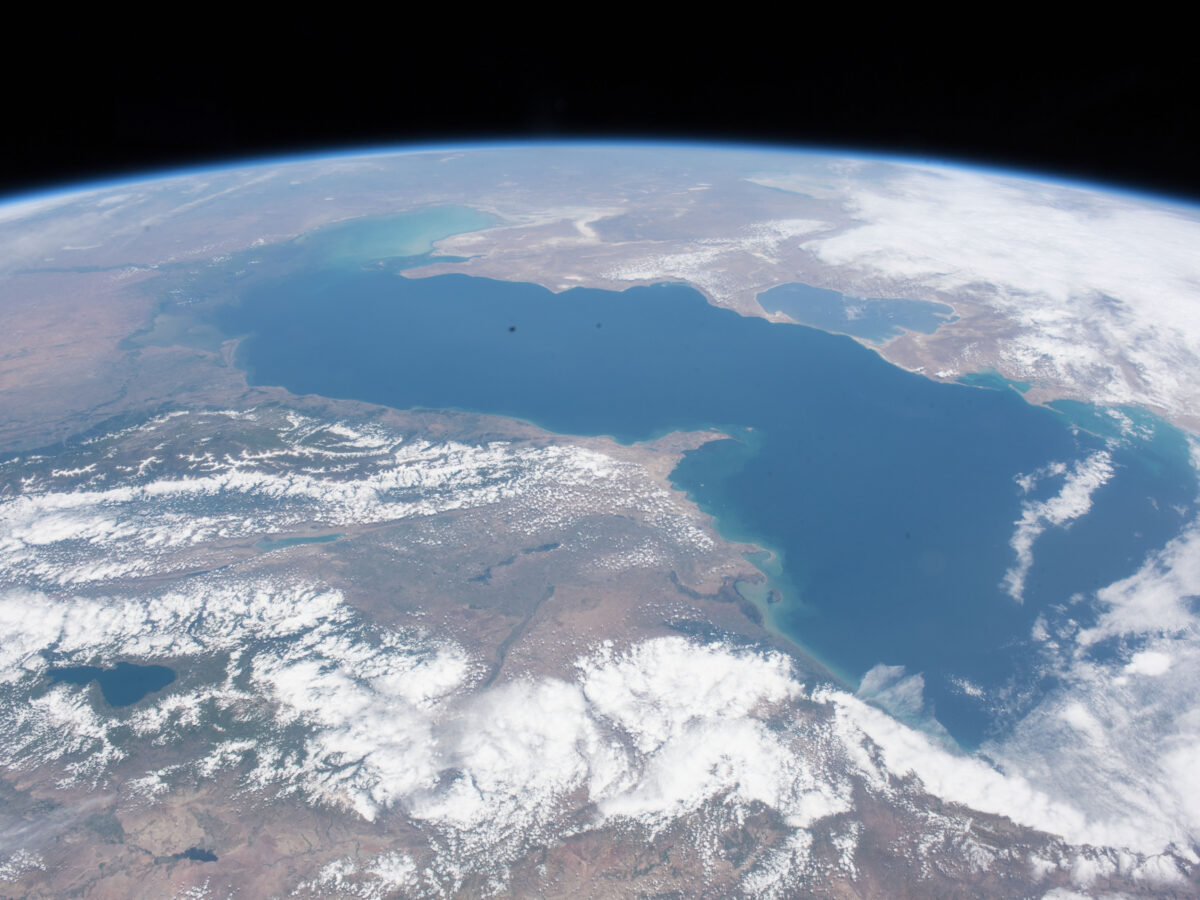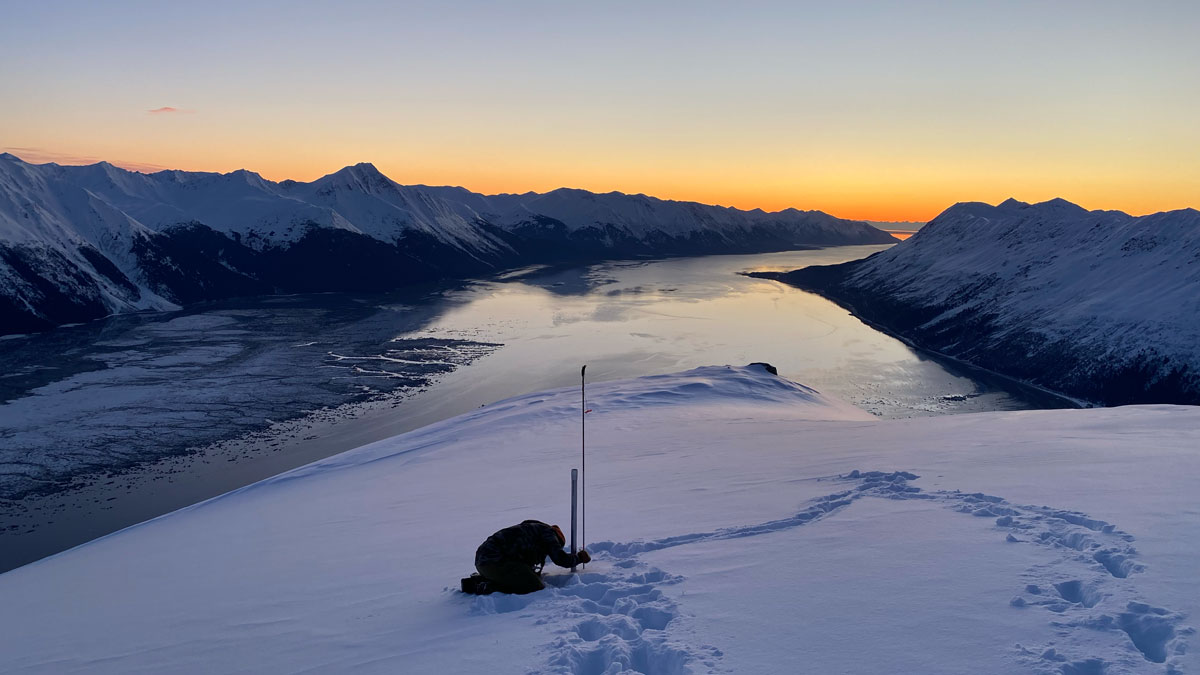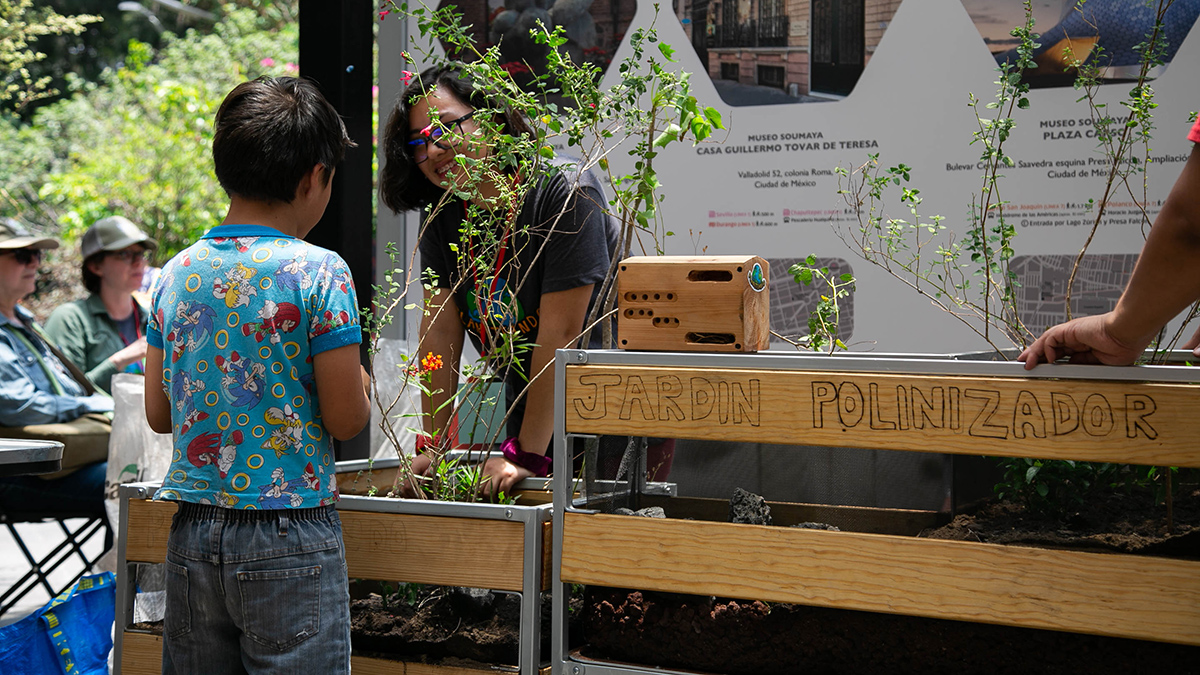Rain used to be rare in the Arctic, but as the region warms, so-called rain-on-snow events are becoming more common. The rains accelerate ice loss, trigger flooding, landslides, and avalanches, and create problems for wildlife and the Indigenous people who depend on them.
News
How Tungurahua Volcano Dropped Heavy Metals into Ecuador’s Food Supply
When Ecuador’s Tungurahua volcano erupted multiple times between 1999 and 2016, nearby farming communities were covered in ash, which left heavy metals in their crops.
The Moon’s Mantle Did a Flip—and Scientists May Now Have Evidence
For decades, a lunar whodunit has puzzled scientists: Did the Moon’s internal layers flip during its formation? Old data might hold the evidence to solve this cold case.
Poniendo en práctica la legislación climática
La legislación reciente podría reducir drásticamente las emisiones de carbono en Estados Unidos, pero solo si se aplica adecuadamente y se amplía su uso.
Cracking Soils Could Accelerate Climate Change
Climate change is expected to lead to more frequent and intense drought, which in turn causes soil to crack, releasing more carbon dioxide and further warming the planet.
As the Caspian Sea Recedes, Tectonics May Help Shape Its Coastline
Land subsidence and uplift determine where the Caspian Sea’s coastline shifts the fastest.
Kansas Prairie Streams Are Getting Choked, Maybe for Good
A herculean effort to fight back woody plants in the Konza Prairie has largely failed. The outcome shows how difficult it can be to retore these ecosystems.
Does Soil Sound Different After It’s Burned?
Yes, but not quite the way researchers expected it to.
Changing Snowpack Inspires New Measurement
Climate change is bringing increased variability to annual snowfall, which affects how much water is stored for ecosystem and human use.
Geociencias para los jóvenes (y los de corazón joven) en el TierraFest
El festival de ciencias de la Tierra más grande de México tendrá nuevas actividades para acercar a las infancias a la ciencia, pero personas de cualquier edad también están invitadas a disfrutarlas.










